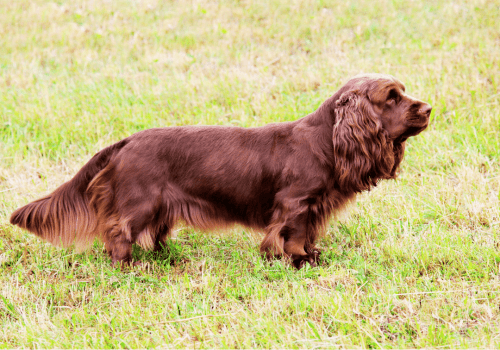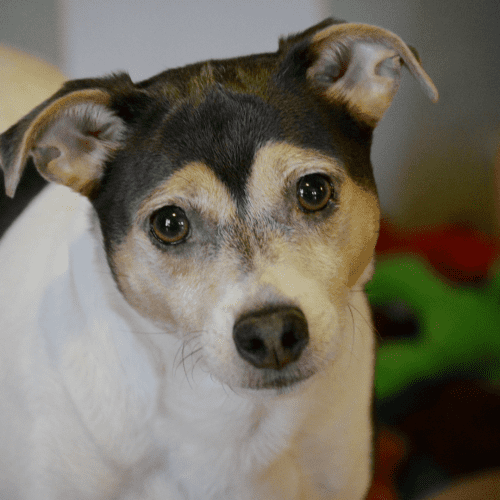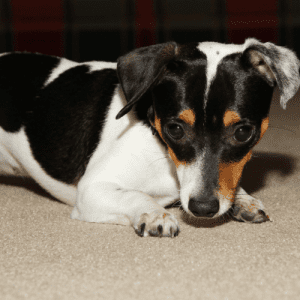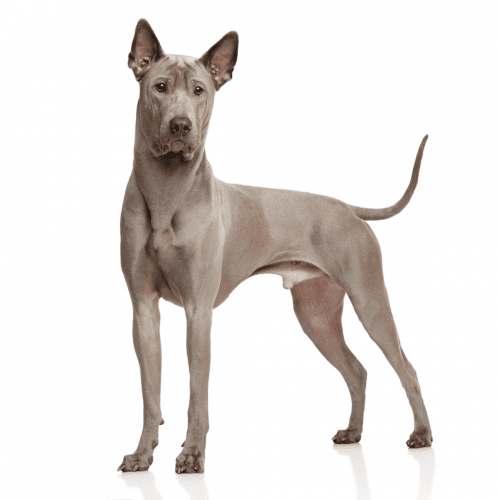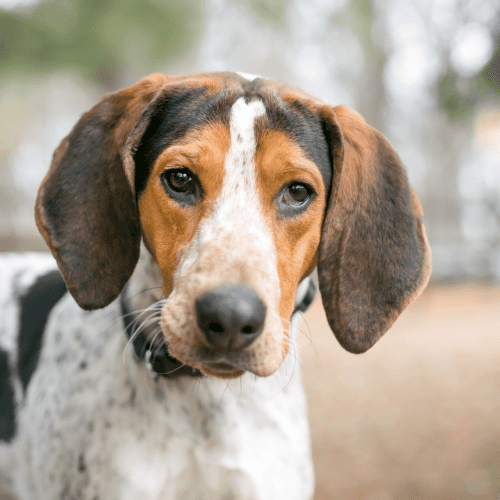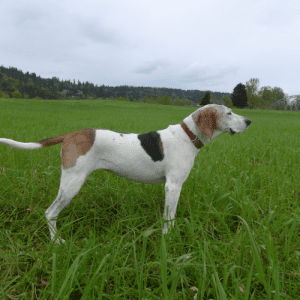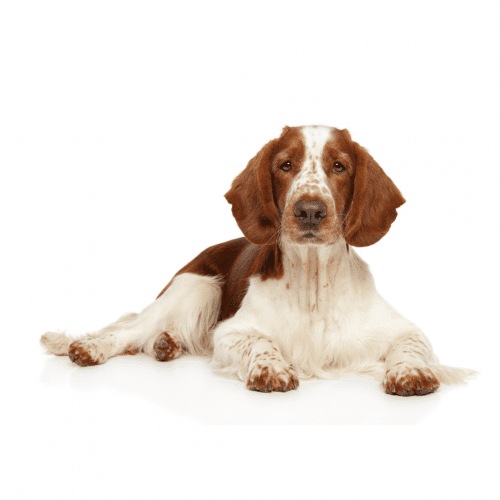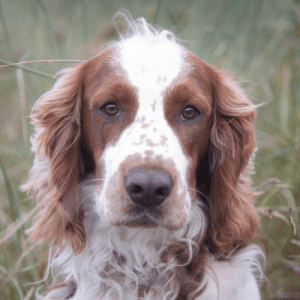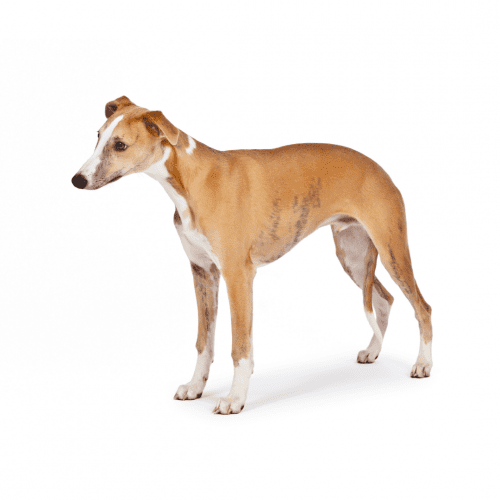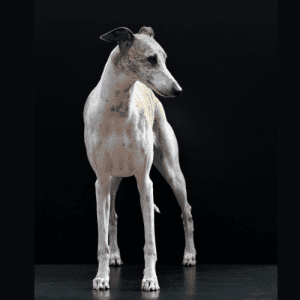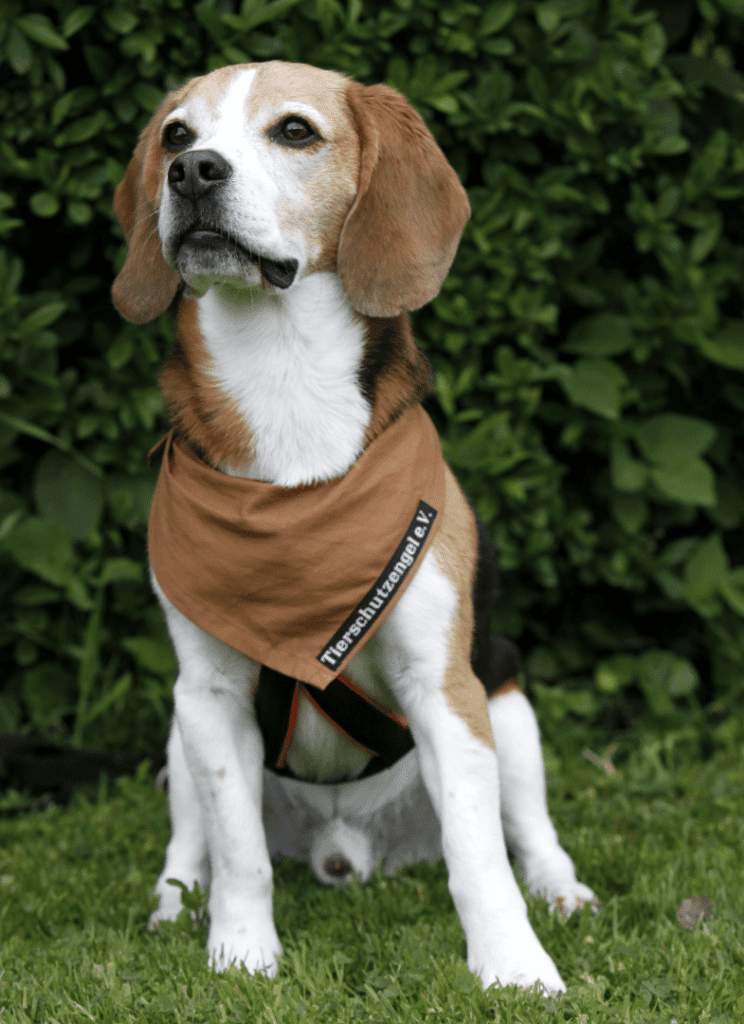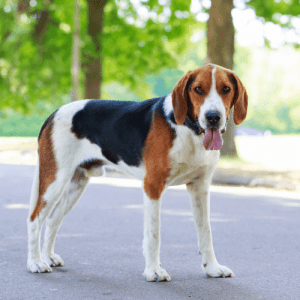Dogs have been used for hunting purposes for centuries. They are bred and trained to help hunters pursue their prey. There are many different types of hunting dog breeds, each with their own unique set of skills. Some dogs are better at tracking game, while others are more adept at chasing down quarry.
Hunting dog breeds are specifically bred and trained to assist humans in various hunting activities. These breeds have a long history of working alongside hunters to locate, flush out, or retrieve game. The history of hunting dogs dates back centuries, with different breeds evolving to suit specific hunting needs.
Characteristics play a crucial role in defining hunting dog breeds. These dogs typically possess a strong sense of smell, excellent agility, and high levels of energy. Their physical attributes, such as webbed feet or dense coats, also contribute to their effectiveness in different terrains and weather conditions.
Training is an essential aspect of preparing hunting dogs for their tasks. From a young age, they are trained to follow commands, stay focused, and maintain discipline while in the field. Training methods may vary depending on the specific hunting techniques, such as tracking, pointing, flushing, or retrieving.
Popular hunting dog breeds include the Labrador Retriever, Golden Retriever, German Shorthaired Pointer, and Beagle. Each breed has its own unique set of skills and characteristics that make them suitable for specific types of hunting.
Hunting techniques vary greatly depending on the game being pursued. Some dogs are trained to track scents, while others excel at pointing or flushing out small game. Retrievers are skilled at locating and retrieving shot game from water or land. The hunting techniques employed often dictate the specific breed required for optimal performance.
Hunting dog breeds are distinguished from other dog breeds by their specialized training, physical attributes, and inherent instincts that enable them to excel in various hunting activities. These breeds possess specific characteristics that make them well-suited for hunting tasks. For instance, they often have a keen sense of smell, exceptional stamina, and strong prey drive. These qualities allow them to precisely and efficiently track, retrieve, and point game.
Training hunting dog breeds is a crucial aspect of their development. They require dedicated and consistent training to hone their natural abilities and instincts. This training focuses on obedience, scent detection, and retrieval skills. Additionally, they are taught to work alongside their human handlers, following commands and signals to optimize their performance in the field.
Proper health and care are essential for hunting dog breeds to perform at their best. Regular exercise, a balanced diet, and routine veterinary check-ups are crucial to maintaining overall well-being. Additionally, grooming practices, such as regular brushing and ear cleaning, help prevent infections and keep them comfortable during hunting expeditions.
Hunting dog breeds also participate in competitions that showcase their skills and abilities. These events allow handlers and their dogs to demonstrate their training, agility, and teamwork. Competitions range from field trials and hunt tests to retrieving trials and tracking events. These activities provide dogs with opportunities to showcase their talents and promote the preservation and improvement of hunting breeds.
The hunting dog breed group includes a wide variety of breeds that possess specific characteristics and skills suited for various hunting activities. These dogs have been bred for generations to excel in different aspects of hunting, such as tracking, retrieving, or pointing. Popular hunting dog breeds include the Labrador Retriever, Golden Retriever, German Shorthaired Pointer, and English Springer Spaniel.
Labrador Retrievers are known for their excellent retrieving skills and are often used in waterfowl hunting. Golden Retrievers are also skilled retrievers commonly used for upland bird hunting. German Shorthaired Pointers are versatile hunting dogs that excel in both pointing and retrieving game. They are often employed in hunting small game like rabbits and birds. English Springer Spaniels are known for their ability to flush out game birds and are commonly used in upland bird hunting.
Training hunting dogs requires patience, consistency, and a deep understanding of the breed’s characteristics and instincts. It is important to start training at a young age and to expose the dog to various hunting scenarios to develop their skills. Hunting dog breed characteristics vary, but they often possess a strong prey drive, high energy levels, and a keen sense of smell and/or sight.
When hunting dogs are in action, their natural instincts and training come into play. They use their senses to track and locate game, and their athleticism and stamina allow them to cover large areas of land. These dogs are capable of working independently or in collaboration with hunters, depending on the hunting style.
Hunting dog breeds have a rich and varied history, with origins spanning different regions and cultures worldwide. The origins of hunting dog breeds can be traced back thousands of years to ancient civilizations. Dogs were initially domesticated for hunting purposes, and over time, specific breeds were developed to excel in different types of hunting.
The evolution of hunting dog breeds was influenced by the specific needs and preferences of different cultures. For example, in Europe, breeds like the English Pointer and the German Shorthaired Pointer were developed for their agility and ability to locate game. In Asia, breeds like the Afghan Hound and the Saluki were bred for their speed and endurance in chasing down prey.
Each hunting dog breed has its own unique characteristics that make it well-suited for specific hunting tasks. These characteristics include traits such as scenting ability, tracking skills, stamina, and trainability.
Training techniques for hunting dogs have evolved over time, with modern methods emphasizing positive reinforcement and consistency. Trainers focus on teaching dogs to respond to commands, follow scent trails, and retrieve game.
Some famous hunting dog breeds include the Labrador Retriever, Beagle, and Golden Retriever. These breeds are known for their versatility, intelligence, and excellent hunting instincts.
Hunting dog breeds serve a variety of essential roles for humans in the pursuit of game and the success of hunting endeavors. These breeds have been developed and selectively bred over centuries to possess specific traits that make them highly skilled and efficient hunters.
One crucial aspect of utilizing hunting dog breeds is the training techniques employed to hone their natural instincts and abilities. Training techniques for hunting dogs vary depending on the breed and the specific type of hunting they will be involved in. From obedience training to advanced techniques like scent detection and retrieving, these dogs are trained to work alongside their human counterparts to locate and retrieve game. Training methods often involve positive reinforcement, consistency, and patience to ensure that the dogs are well-prepared for the tasks at hand.
Hunting dog breeds have also made their way into popular culture, featuring prominently in books, movies, and art. Their intelligence, loyalty, and remarkable abilities have captivated audiences and contributed to their enduring popularity.
Different hunting dog breeds have distinct prey preferences, which often align with the type of hunting they were initially developed for. For example, pointers and setters excel in locating upland game birds, while retrievers are adept at retrieving waterfowl. Understanding these preferences is crucial when selecting the appropriate breed for a specific hunting purpose.
The history of hunting dog breeds dates back centuries, with records of their existence found in ancient civilizations such as Egypt, Greece, and Rome. Over time, humans selectively bred dogs for specific traits, resulting in the creation of various hunting breeds that excel in different environments and hunting styles. These breeds have played a vital role in the survival and success of early human communities.
Beyond their contributions to the pursuit of game, hunting dog breeds also play a role in conservation efforts. Through their assistance in tracking and locating wounded animals, they help minimize suffering and ensure ethical hunting practices. Additionally, their keen senses and abilities make them valuable assets in wildlife population management and research.
People from various backgrounds and interests connect to hunting dog breeds for their unique abilities and the many roles they play in hunting and conservation. Hunting dog breeds attract a variety of types of hunters: outdoor enthusiasts, sportsmen, individuals with large properties, and bird hunters.
Different types of hunters find value in hunting dog breeds for their specialized skills. Waterfowl hunters, for example, rely on retrievers like Labrador Retrievers and Chesapeake Bay Retrievers to retrieve downed birds from water bodies. Upland bird hunters, on the other hand, prefer pointing breeds such as English Setters and German Shorthaired Pointers, which excel at locating game birds and holding them in place until the hunter arrives.
Outdoor enthusiasts who engage in activities like hiking, camping, and backpacking also appreciate hunting dog breeds. These dogs can provide companionship, protection, and assistance in navigating the wilderness. Additionally, sportsmen who participate in field trials and hunting competitions often seek out specific hunting breeds to enhance their chances of success.
Individuals with large properties, such as ranchers and farmers, benefit from hunting dog breeds as well. These dogs can help manage wildlife populations, protect livestock from predators, and provide security for the property.
Hunting dog breeds possess unique characteristics and abilities that make them invaluable assets to hunters and outdoor enthusiasts alike. When it comes to the characteristics of hunting dog breeds, they are known for their keen sense of smell, agility, stamina, and intelligence. These traits enable them to track, retrieve, and flush out game effectively.
Training hunting dogs is essential to maximize their potential in the field. It requires patience, consistency, and positive reinforcement techniques. Professional trainers often recommend starting training at a young age to establish good behavior and obedience.
Popular hunting dog breeds include the Labrador Retriever, German Shorthaired Pointer, and English Springer Spaniel. Each breed has its own strengths and weaknesses, and hunters should select a breed that aligns with their specific needs and preferences.
Hunting dog breed temperament is an important consideration. They should be friendly, trainable, and have a strong desire to please their owners. It is crucial to choose a breed that fits well with the hunter’s lifestyle and hunting style.
As with any dog breed, hunting dogs may have specific health concerns. Common issues include hip dysplasia, ear infections, and allergies. Regular vet check-ups, proper nutrition, exercise, and grooming are necessary to maintain their overall health and well-being.
Lets take a closer look at some of the most popular types of hunting dogs.
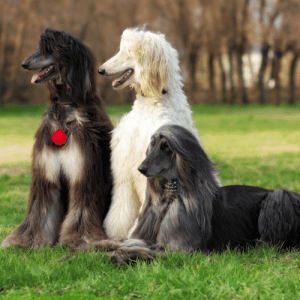


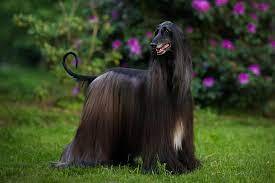
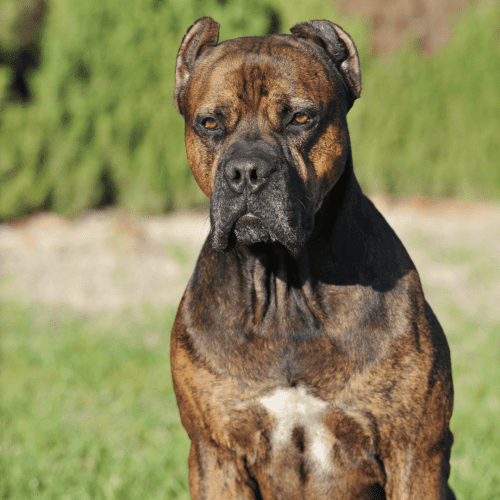
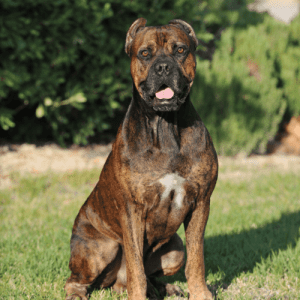
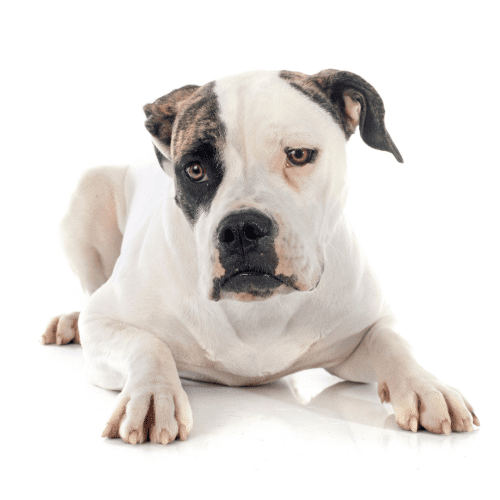

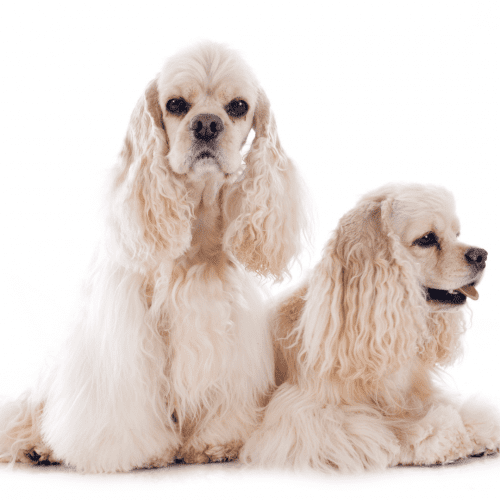
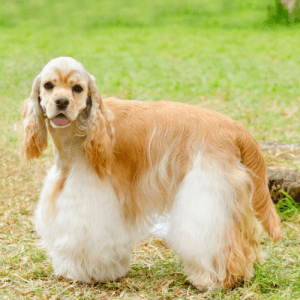
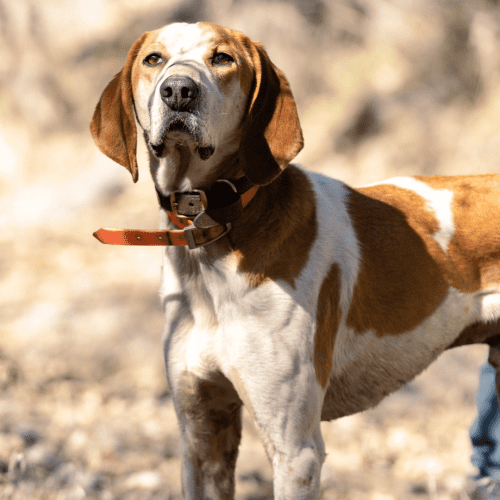
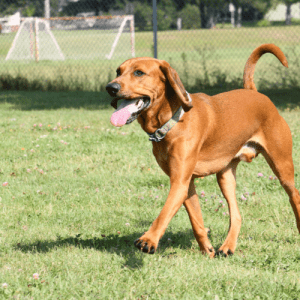
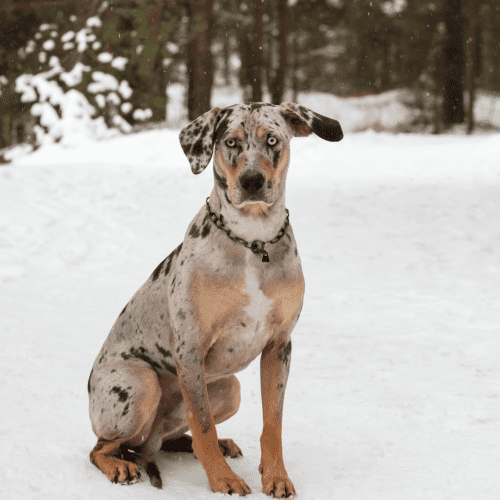
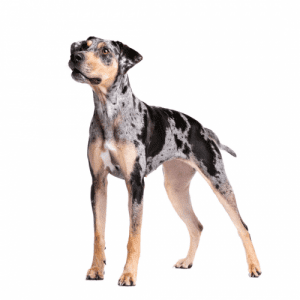
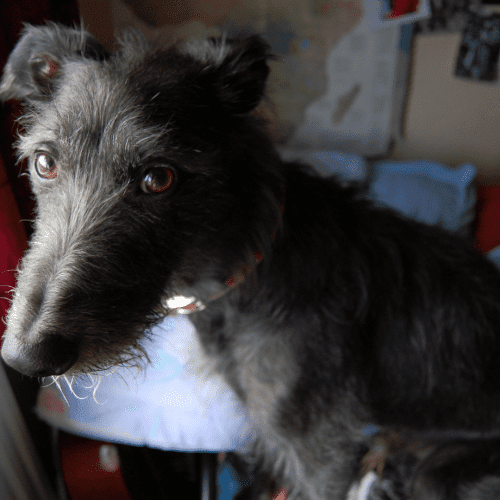

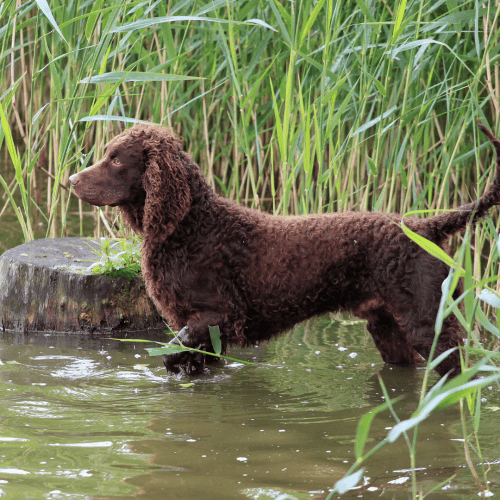
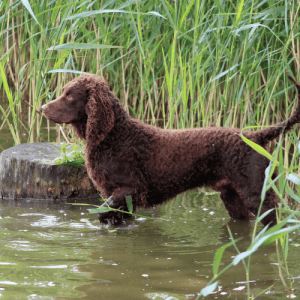
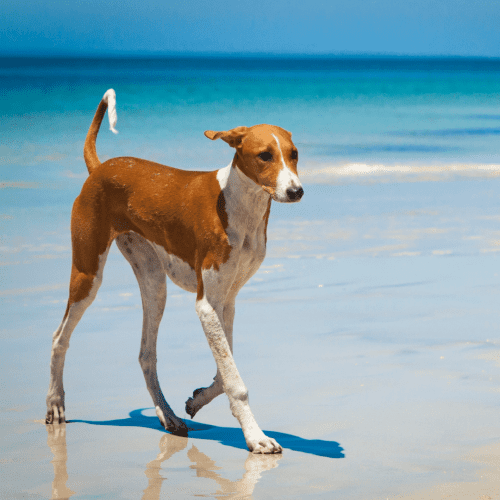

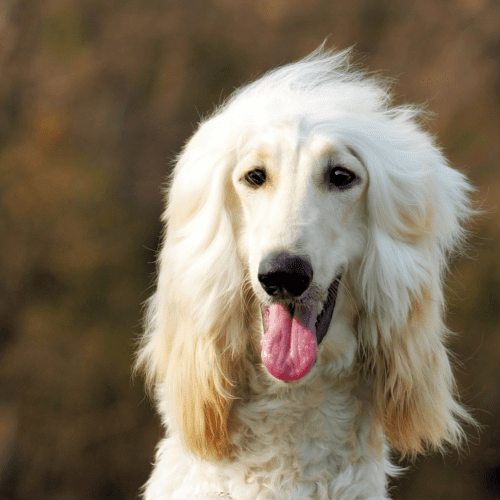

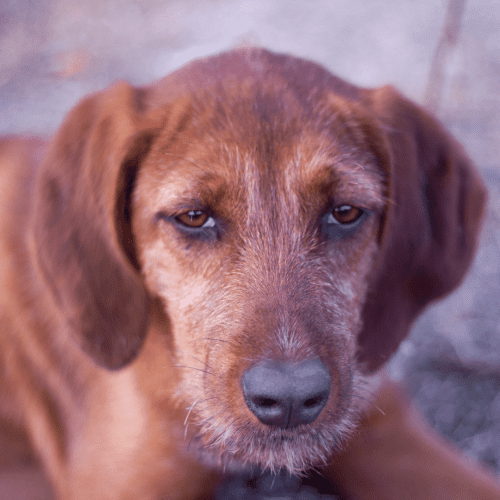
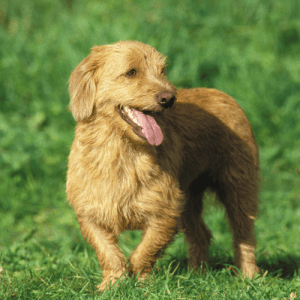
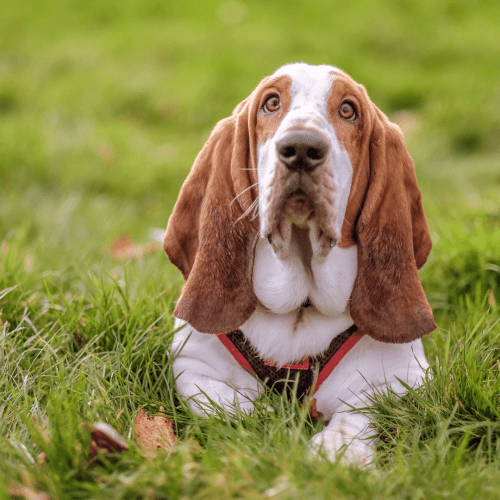

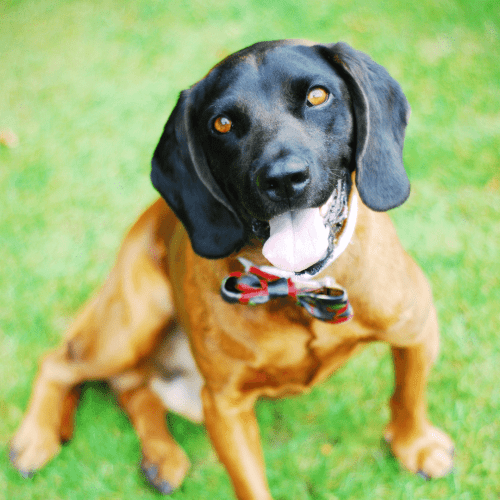
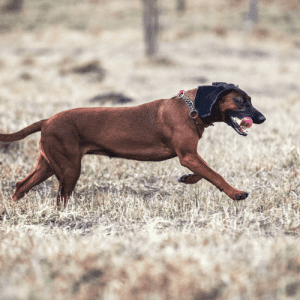
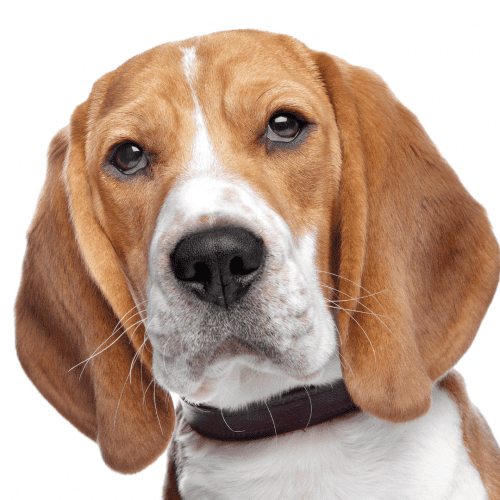

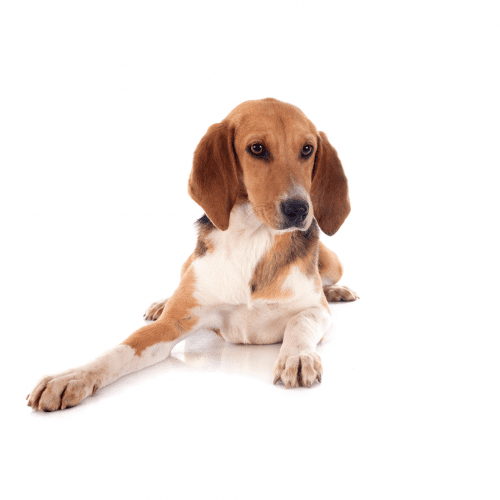
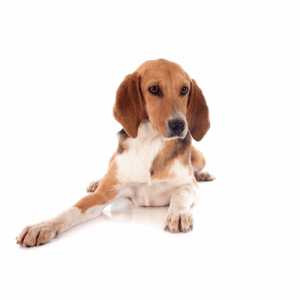
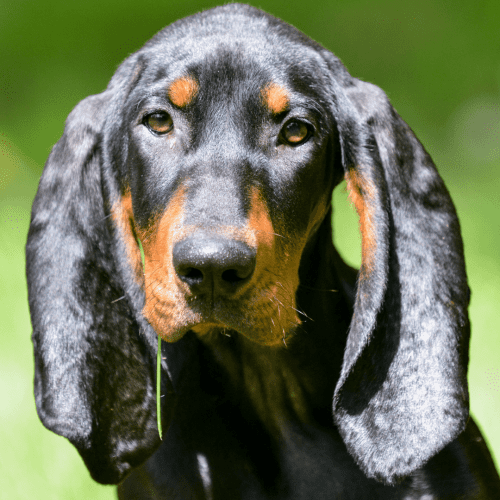
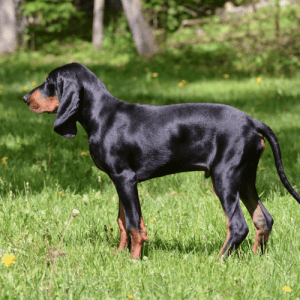
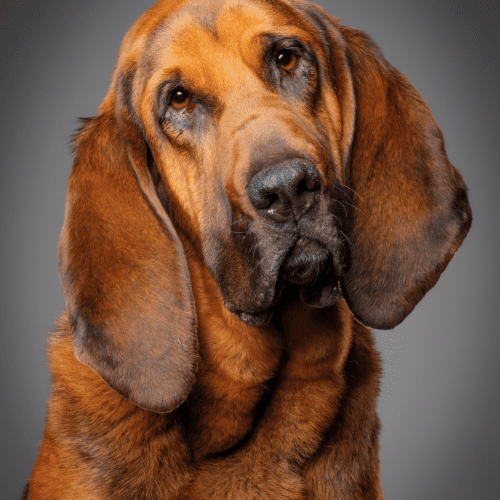


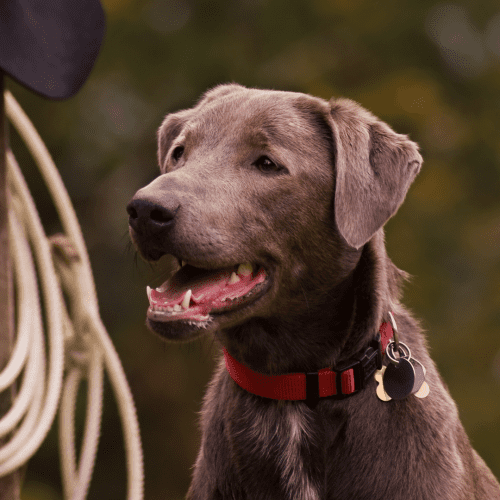

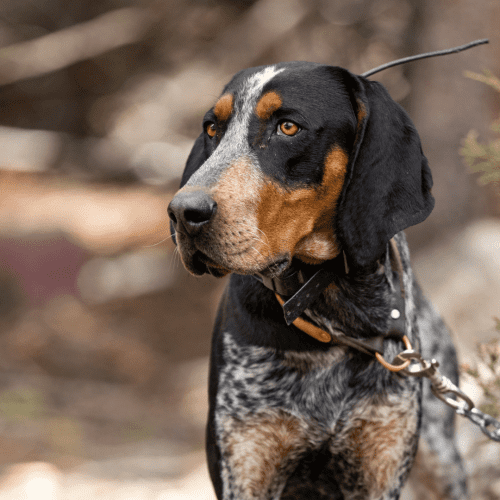

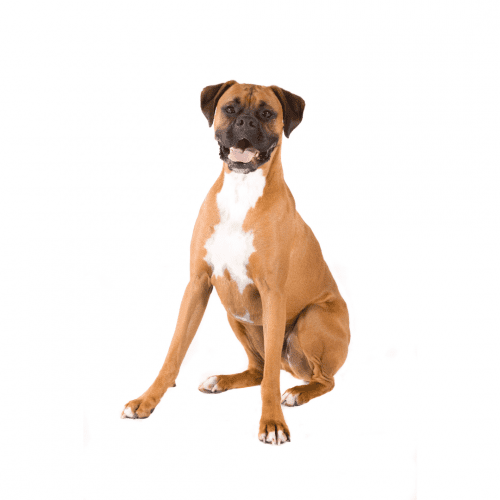

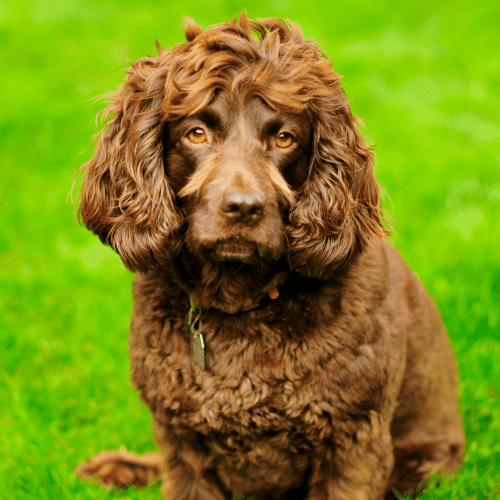
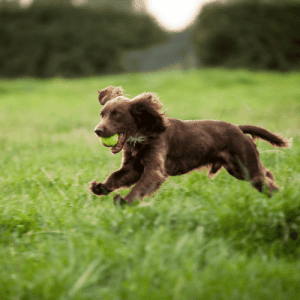
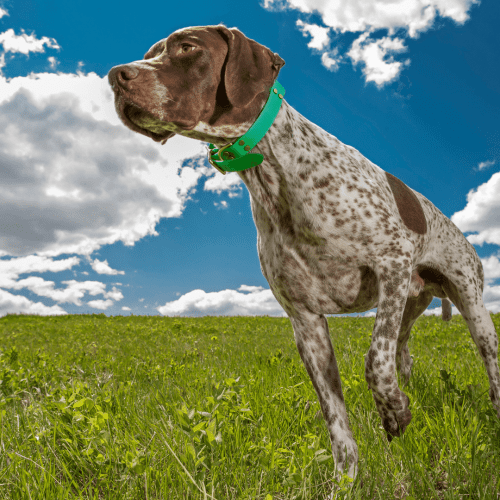
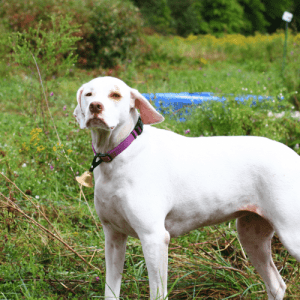
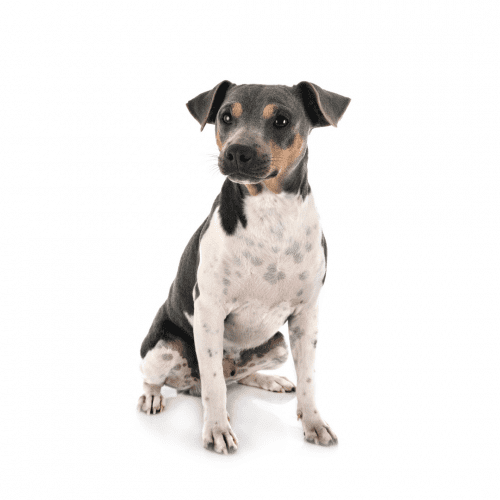
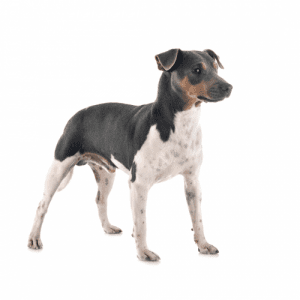
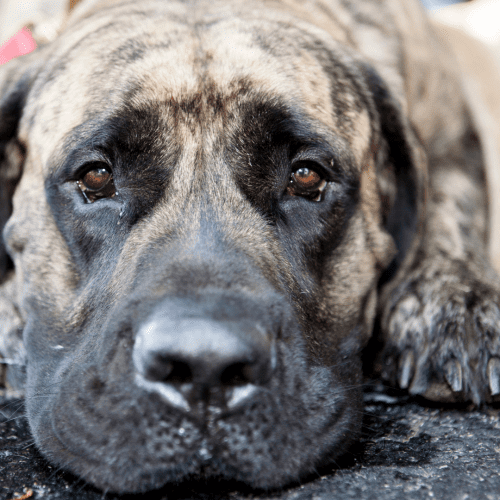
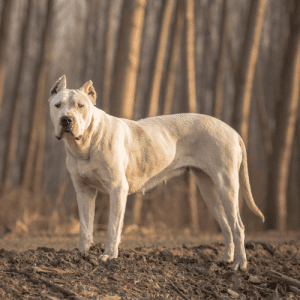
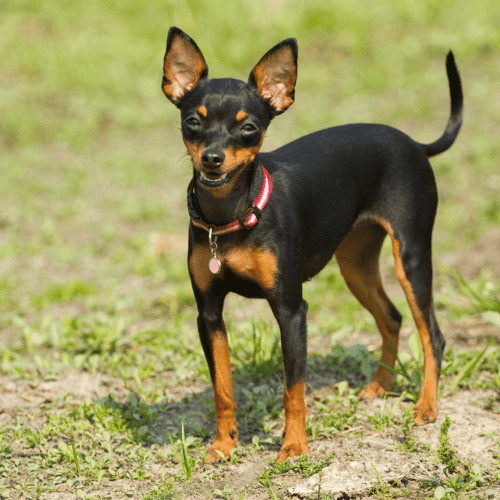
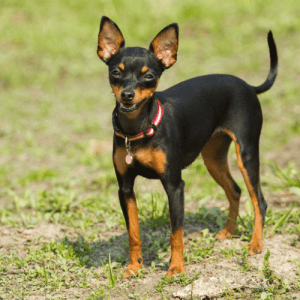
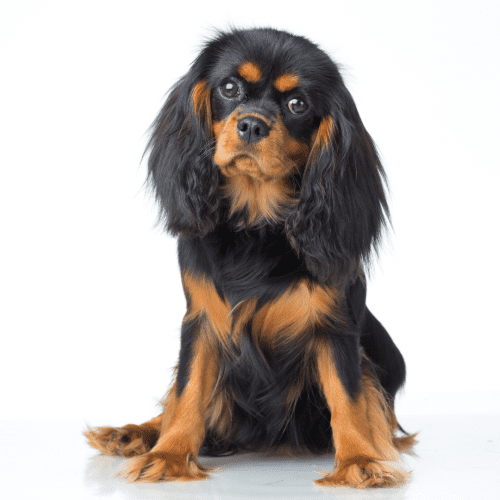
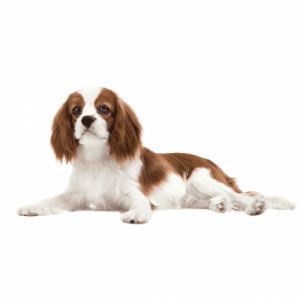
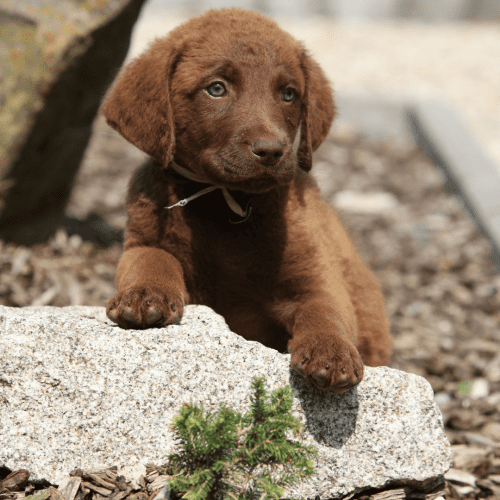
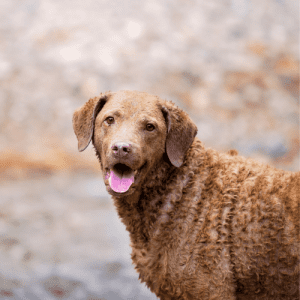
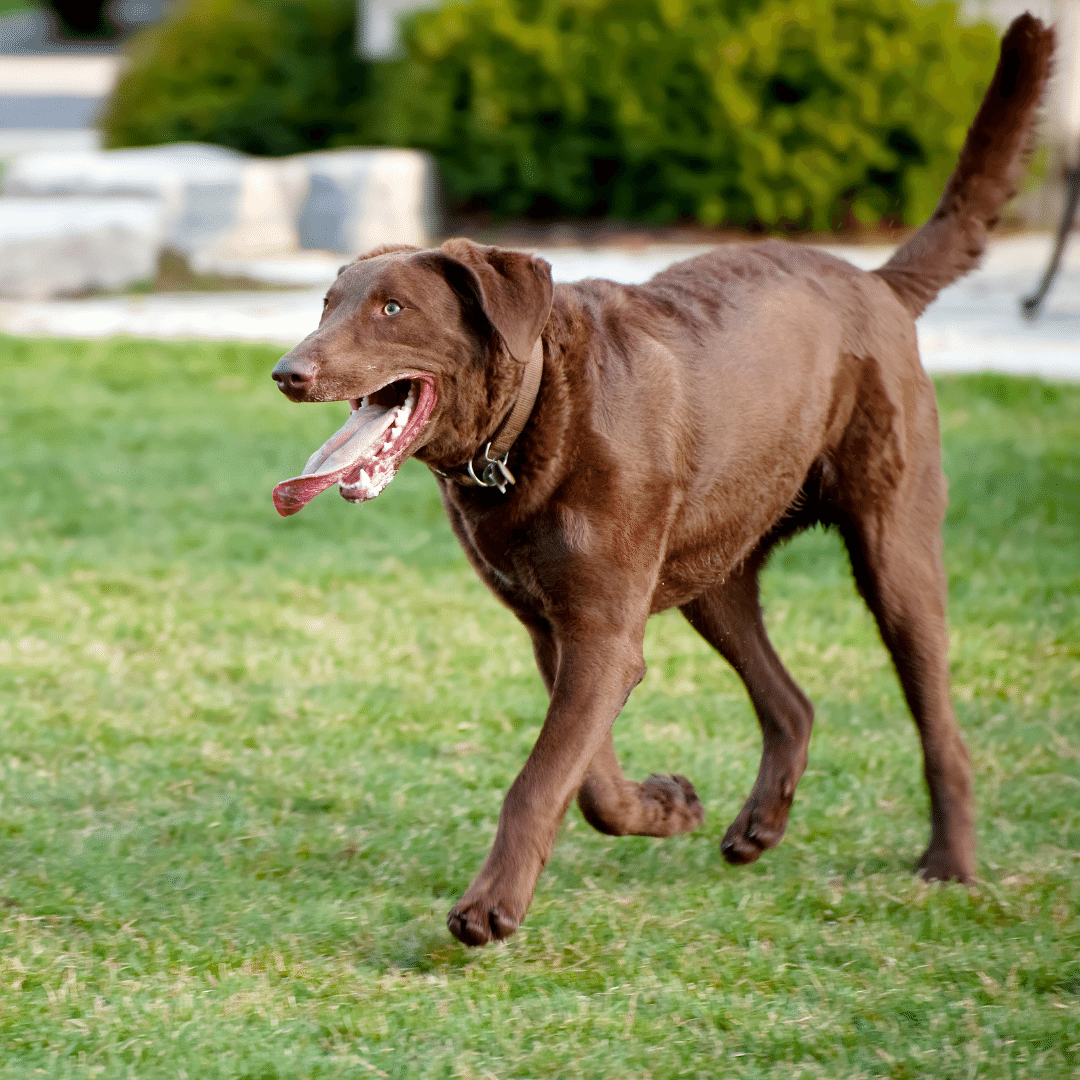
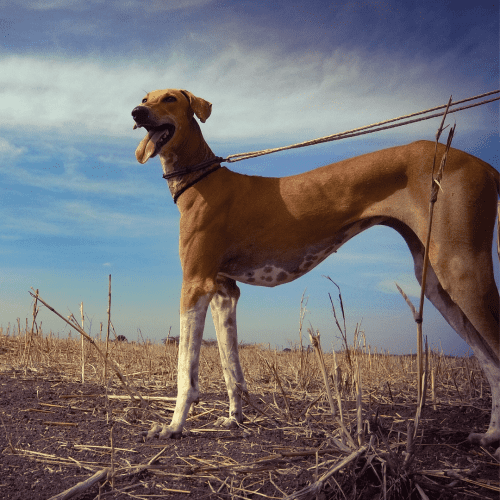

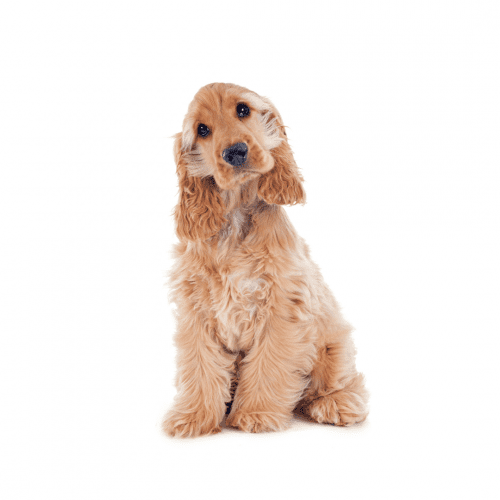

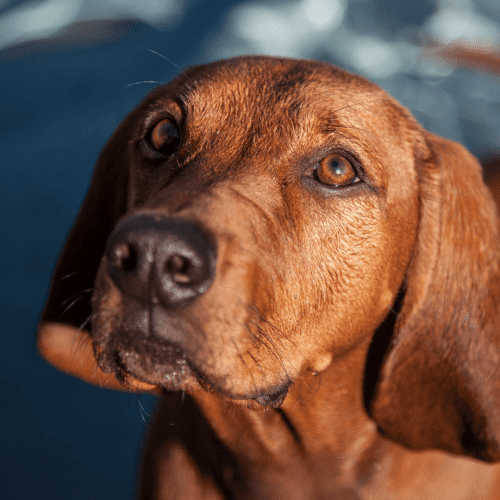

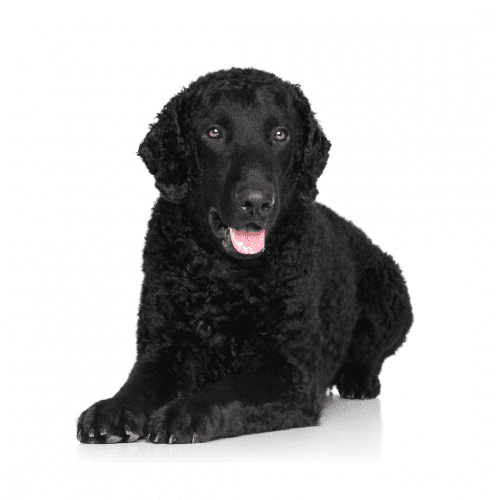
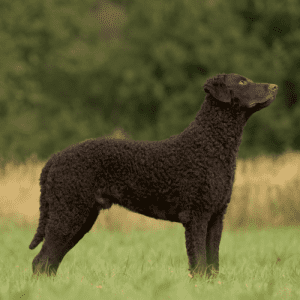
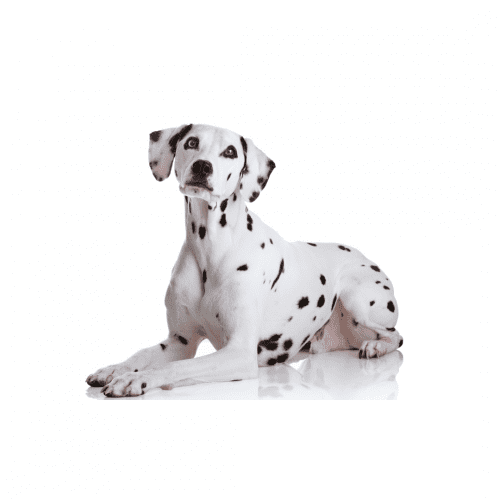

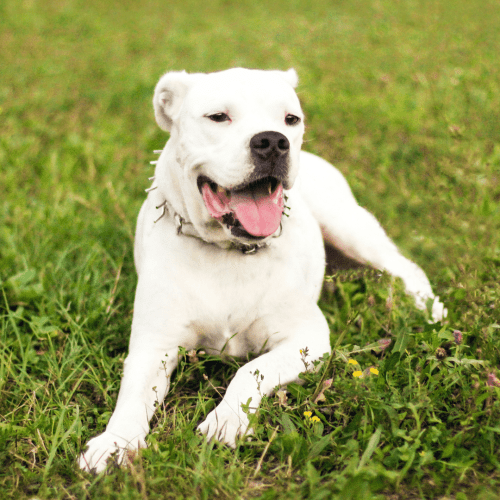
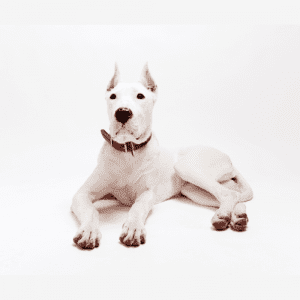
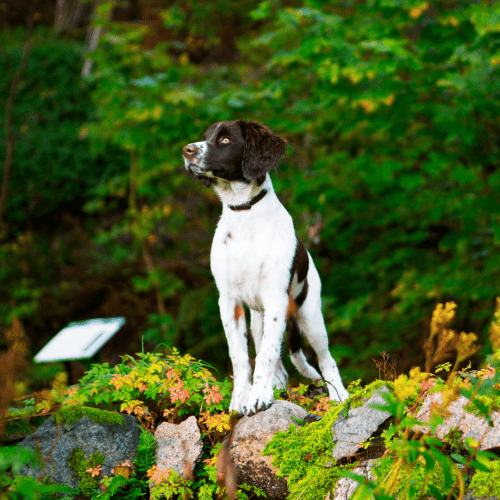
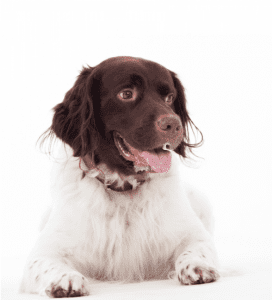
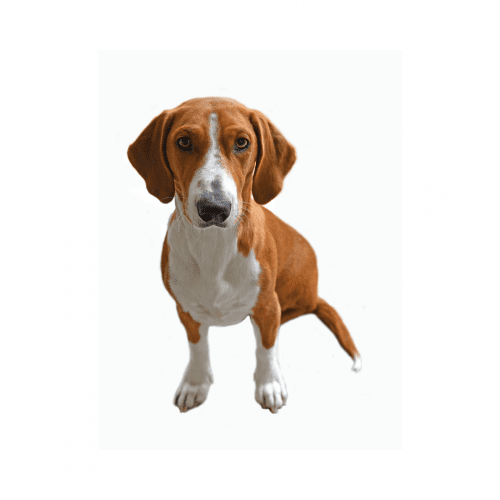

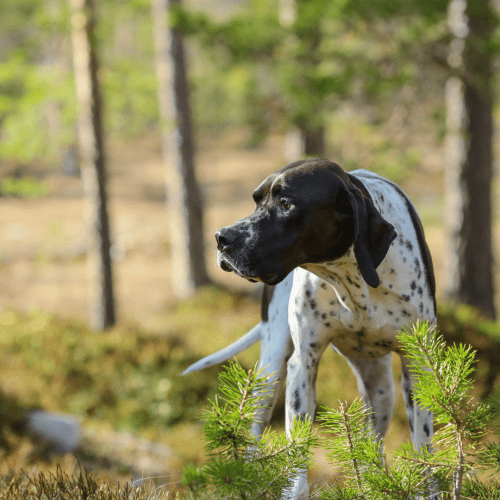
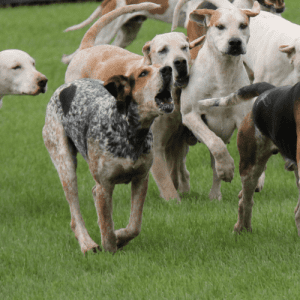
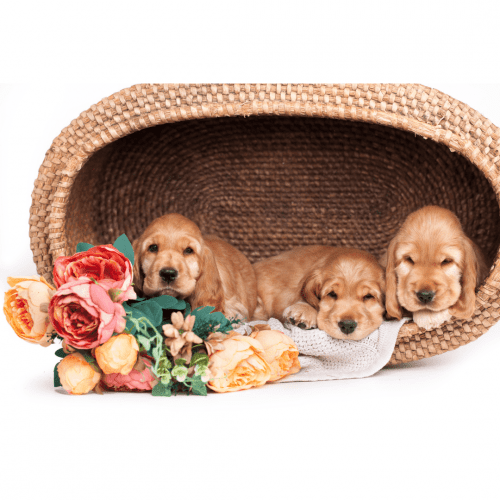
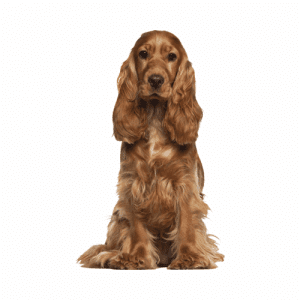
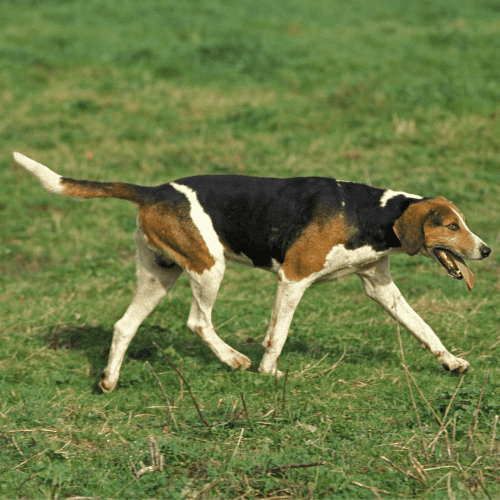

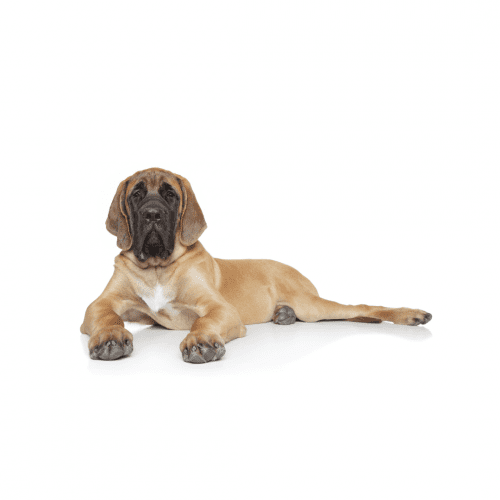

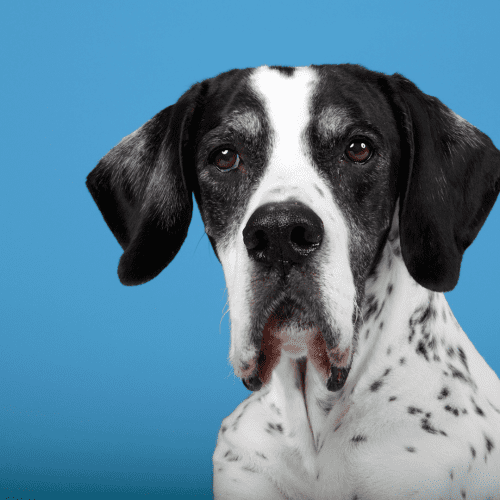

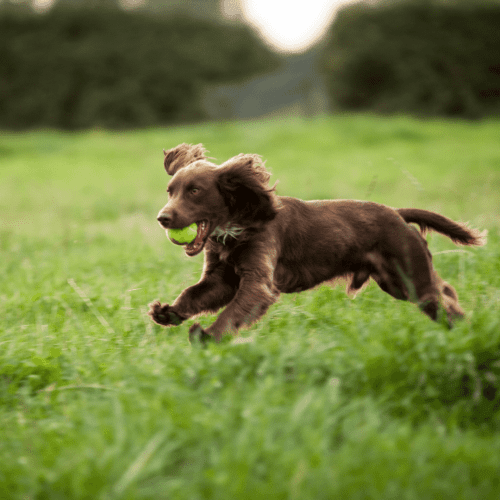

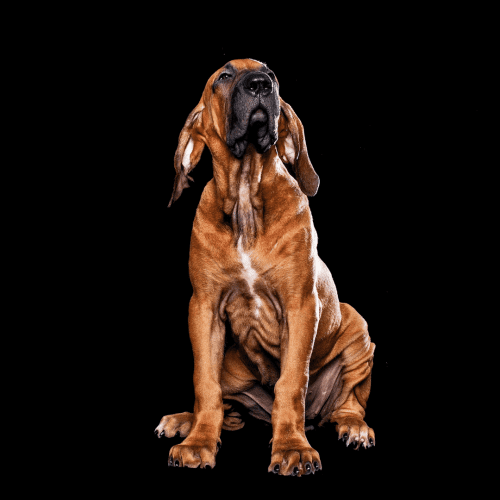
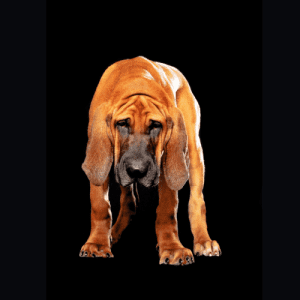
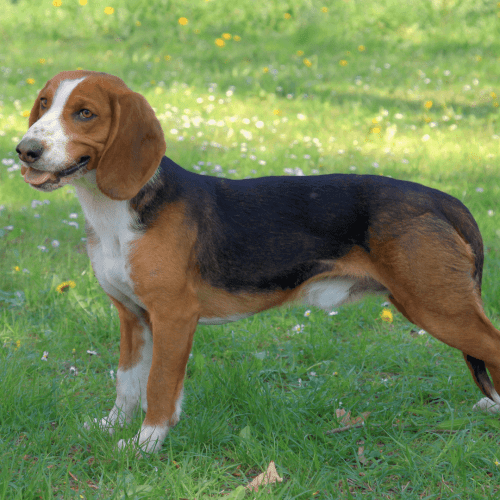
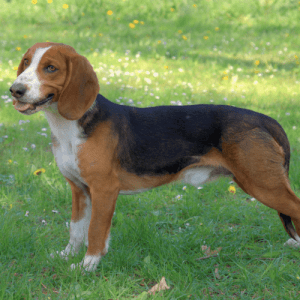 The German Hound is a relatively new breed, having only been developed in the late 1800s. The breed was created by crossing several different types of hounds, including the French Basset, the Hanoverian Shorthaired Pointer, and the German Short-haired Pointing Dog. The breed which resulted was a smaller, more compact version of the French Basset, with a shorter coat and a more hunting-friendly temperament. Today, the German
The German Hound is a relatively new breed, having only been developed in the late 1800s. The breed was created by crossing several different types of hounds, including the French Basset, the Hanoverian Shorthaired Pointer, and the German Short-haired Pointing Dog. The breed which resulted was a smaller, more compact version of the French Basset, with a shorter coat and a more hunting-friendly temperament. Today, the German 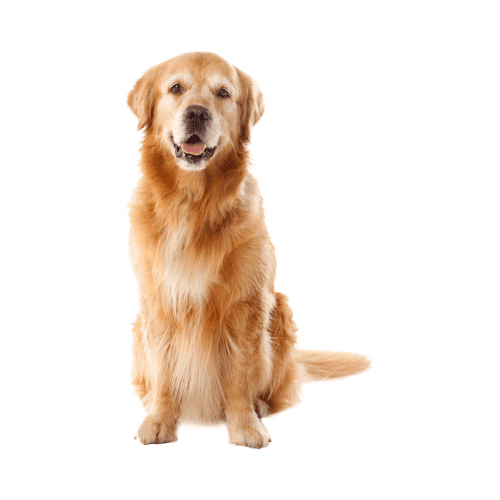

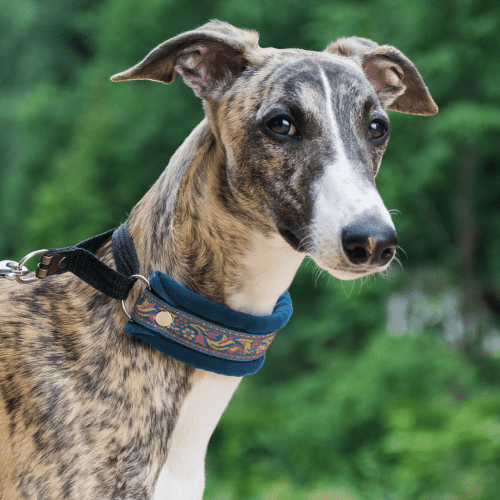

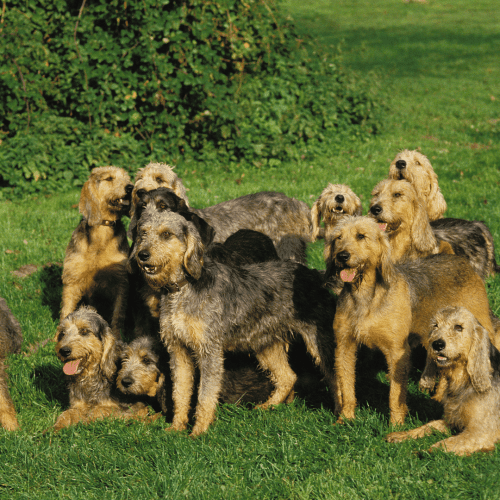

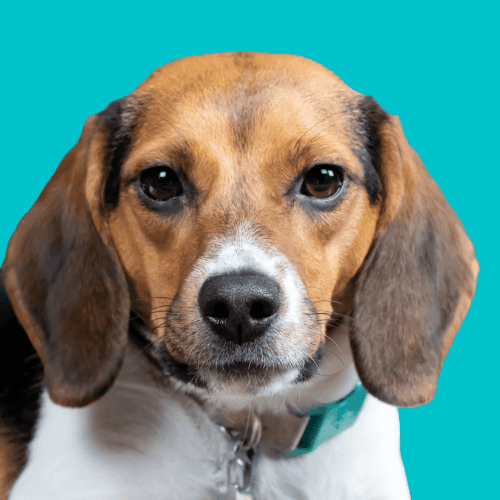

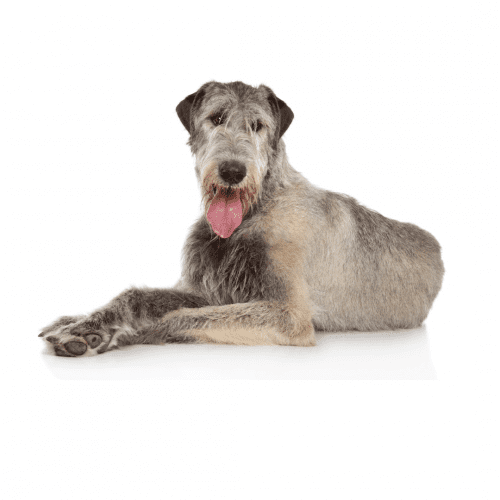

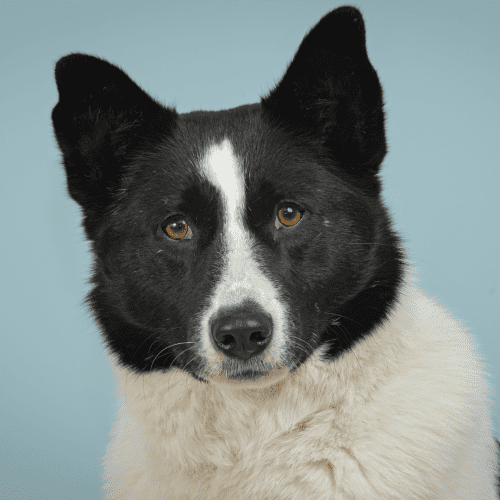

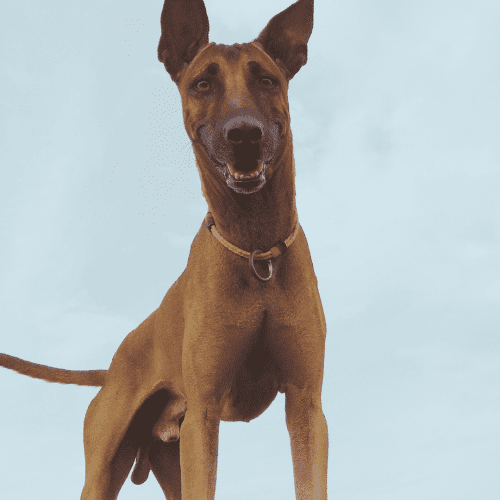

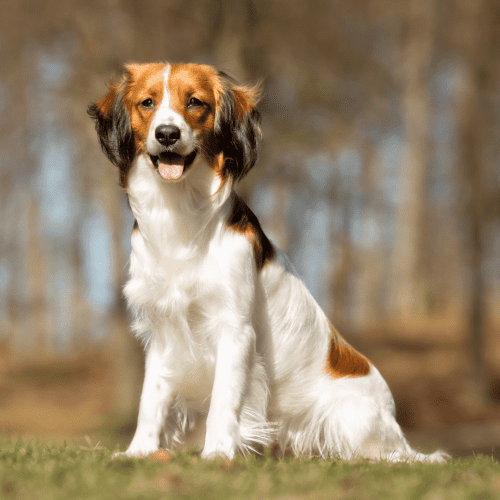
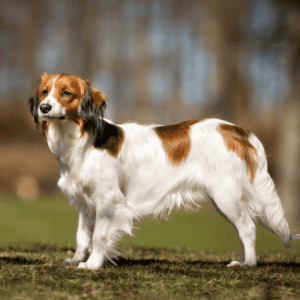
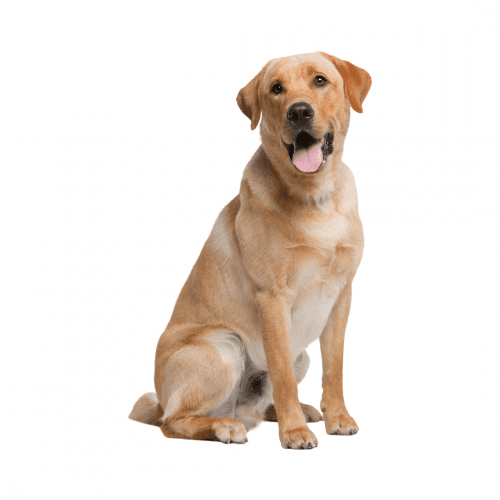

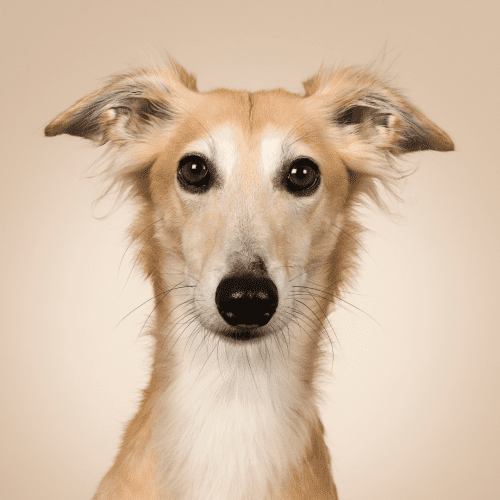
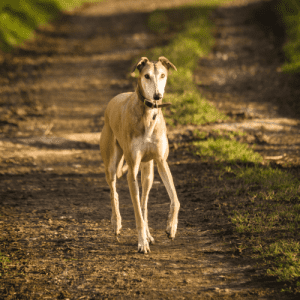
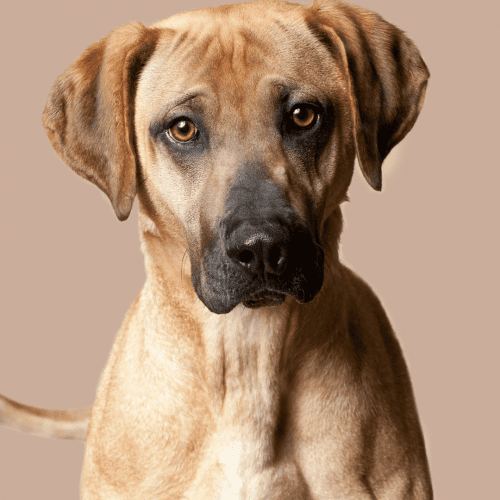
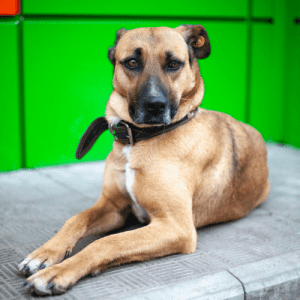
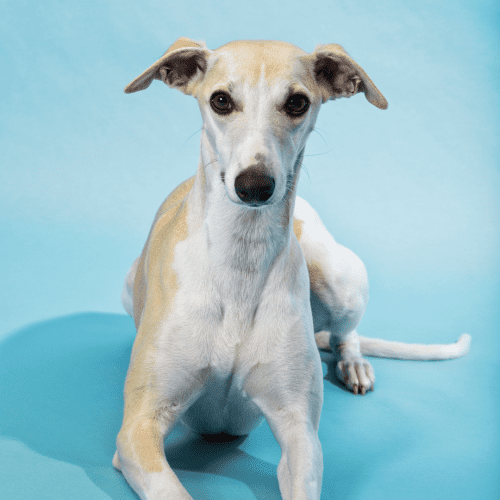
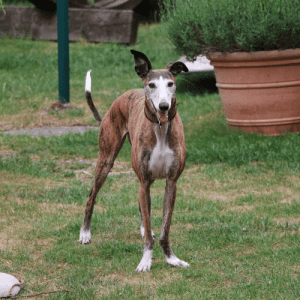
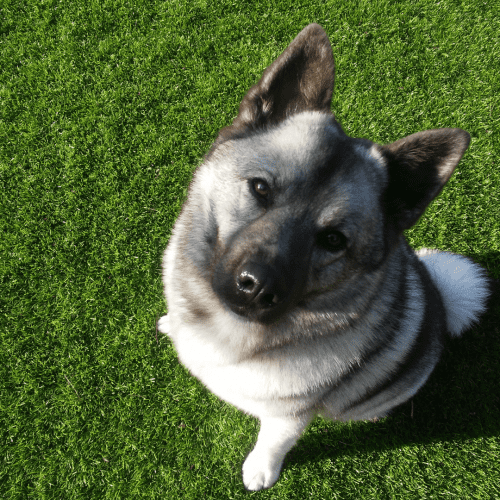

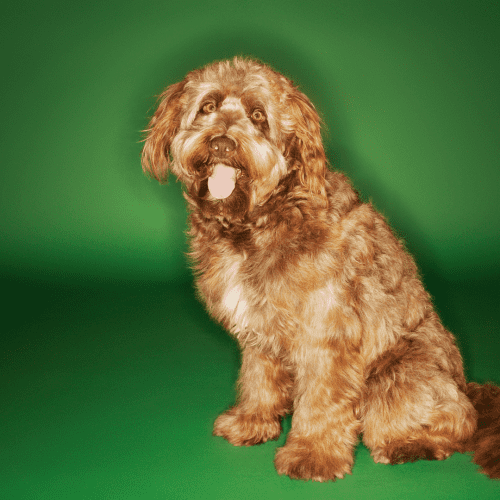

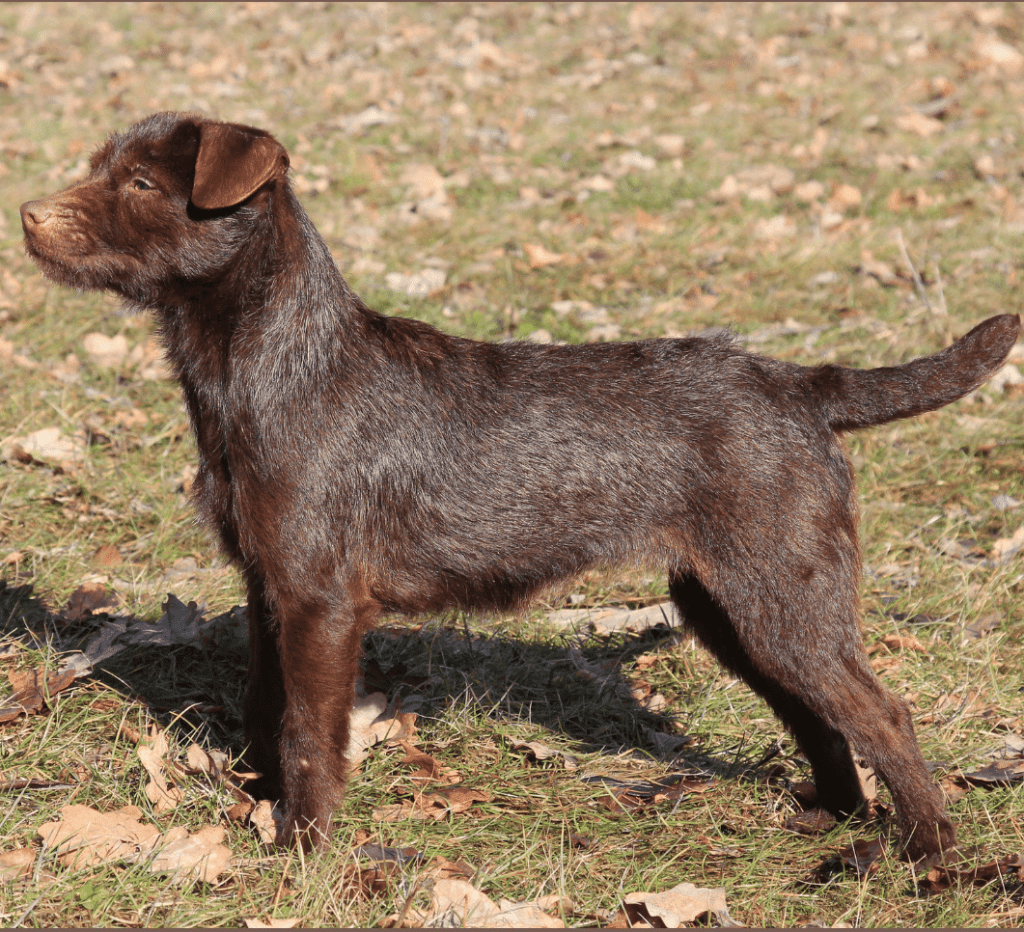
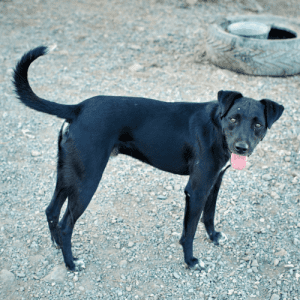
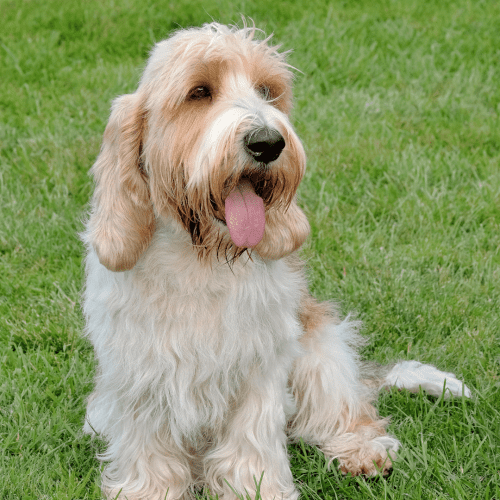

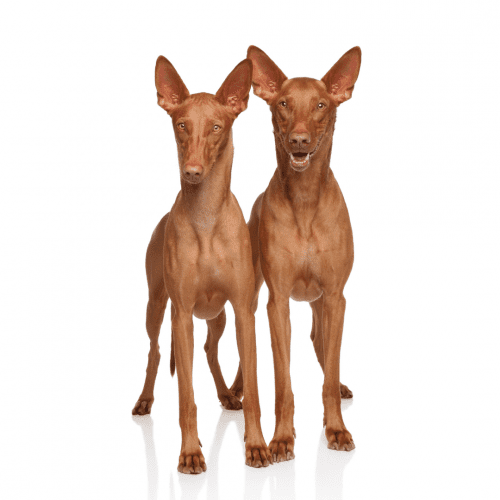

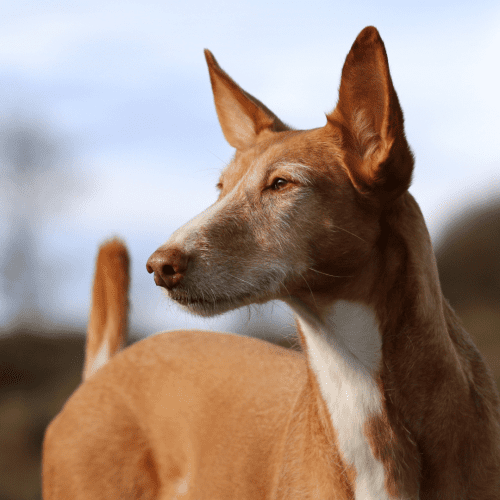
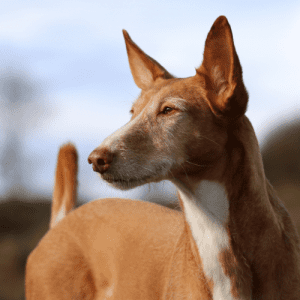
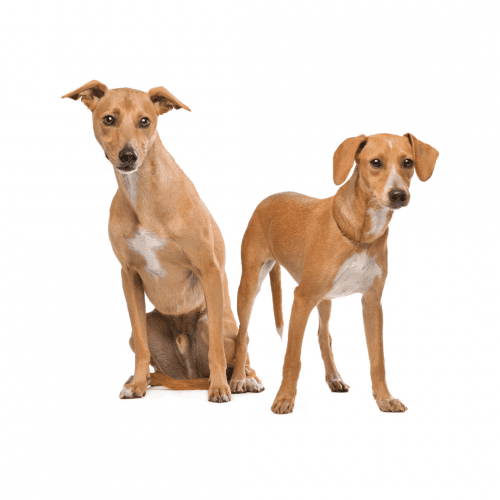

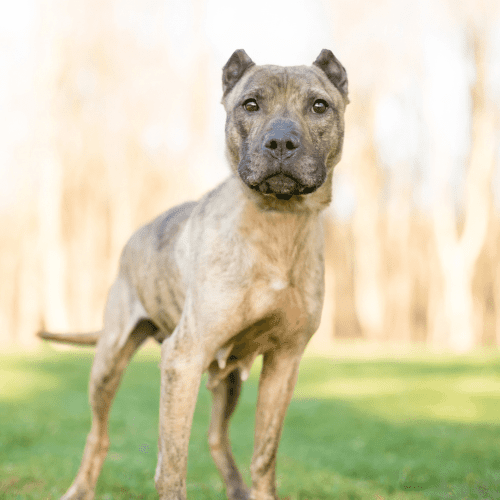

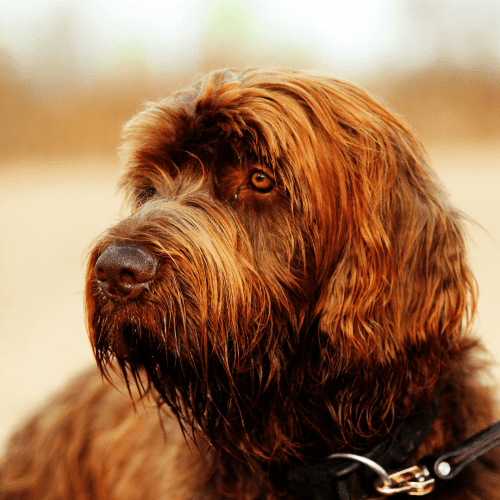

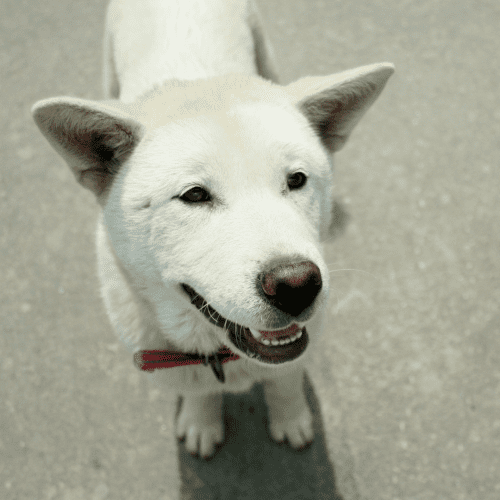

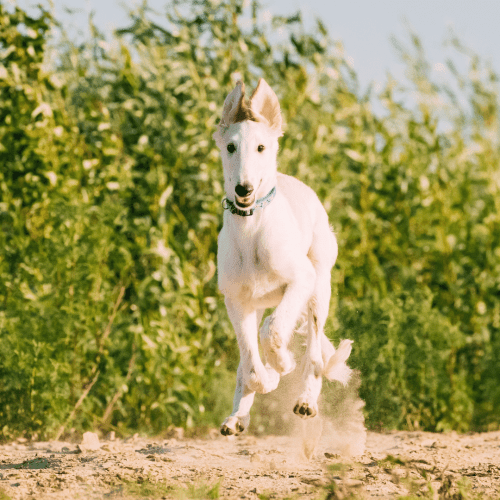

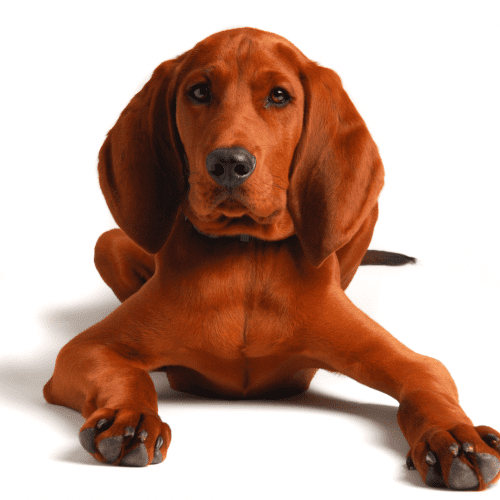

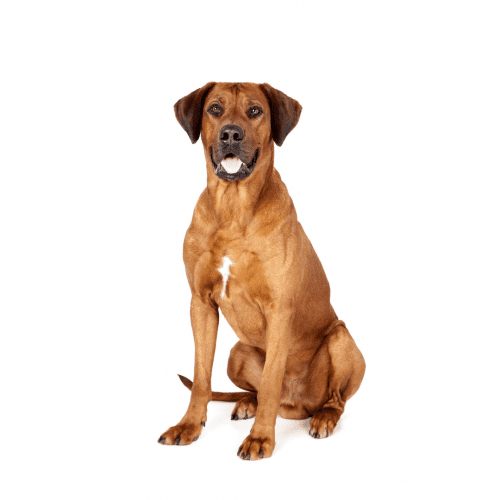

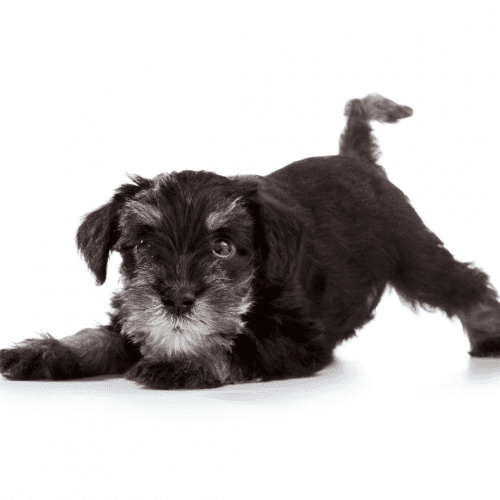

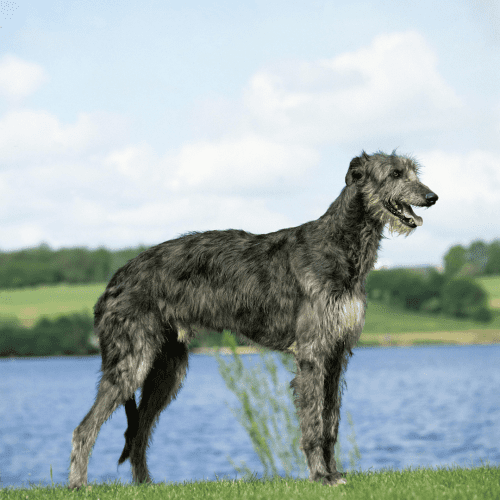
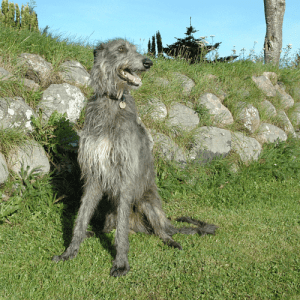 What Is The History Of The Scottish Deerhound Dog Breed?
What Is The History Of The Scottish Deerhound Dog Breed?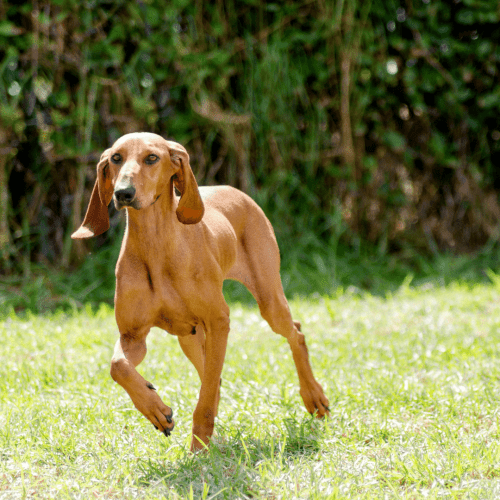
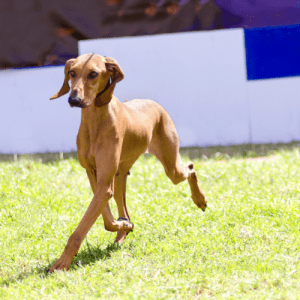 What Is The History Of The Segugio Italiano Dog Breed?
What Is The History Of The Segugio Italiano Dog Breed?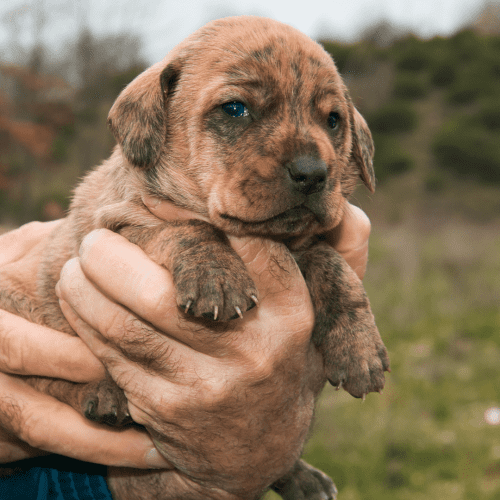
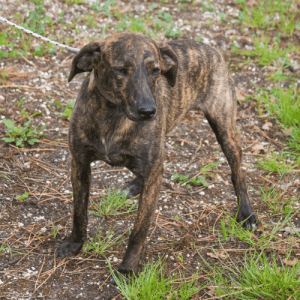 What Is The History Of The Segugio Maremmano Dog Breed?
What Is The History Of The Segugio Maremmano Dog Breed?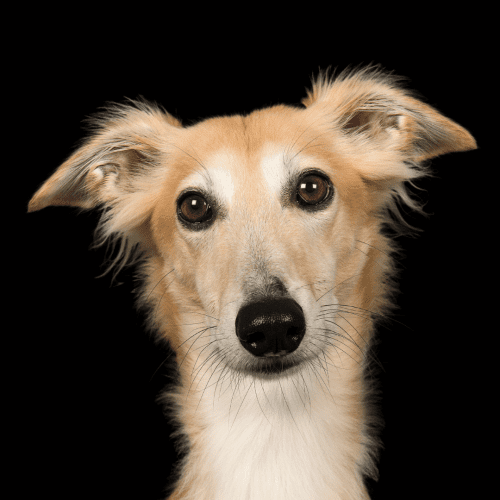
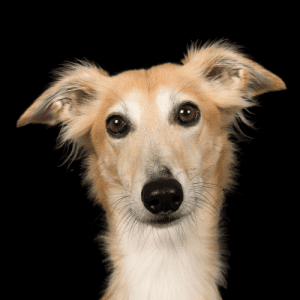 What Is The History Of The Silken Windhound Dog Breed?
What Is The History Of The Silken Windhound Dog Breed?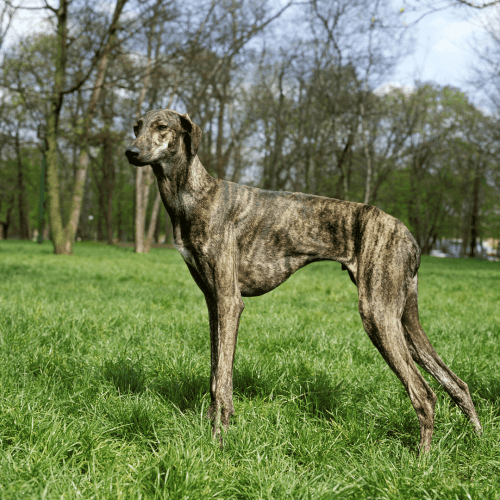
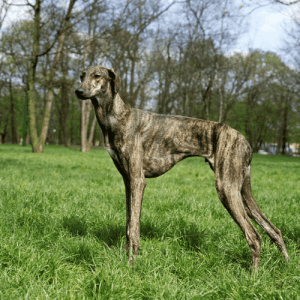 What Is The History Of The Sloughi Dog Breed?
What Is The History Of The Sloughi Dog Breed?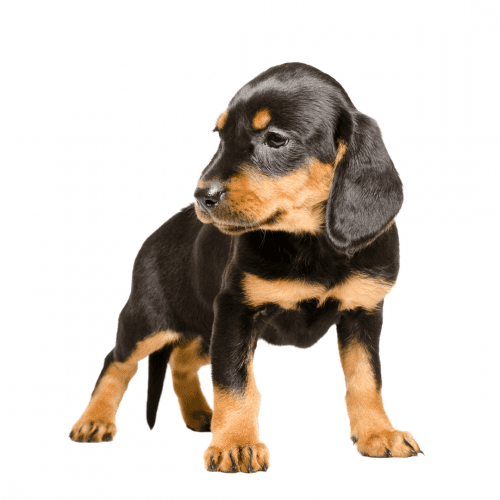
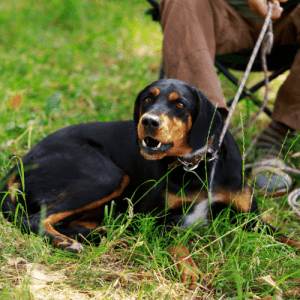 What Is The History Of The Slovensky Kopov Dog Breed?
What Is The History Of The Slovensky Kopov Dog Breed?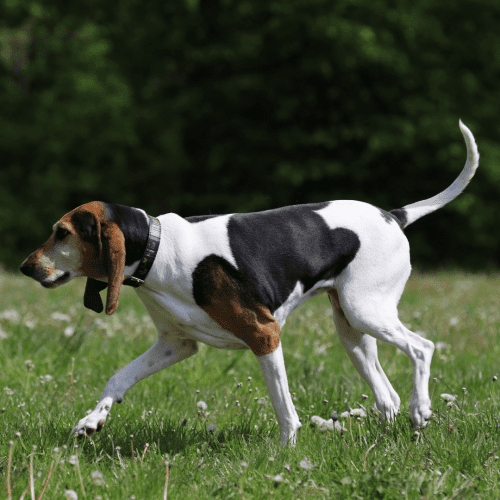
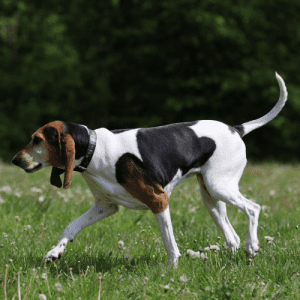 What Is The History Of The Smooth Foxhound Terrier Dog Breed?
What Is The History Of The Smooth Foxhound Terrier Dog Breed?